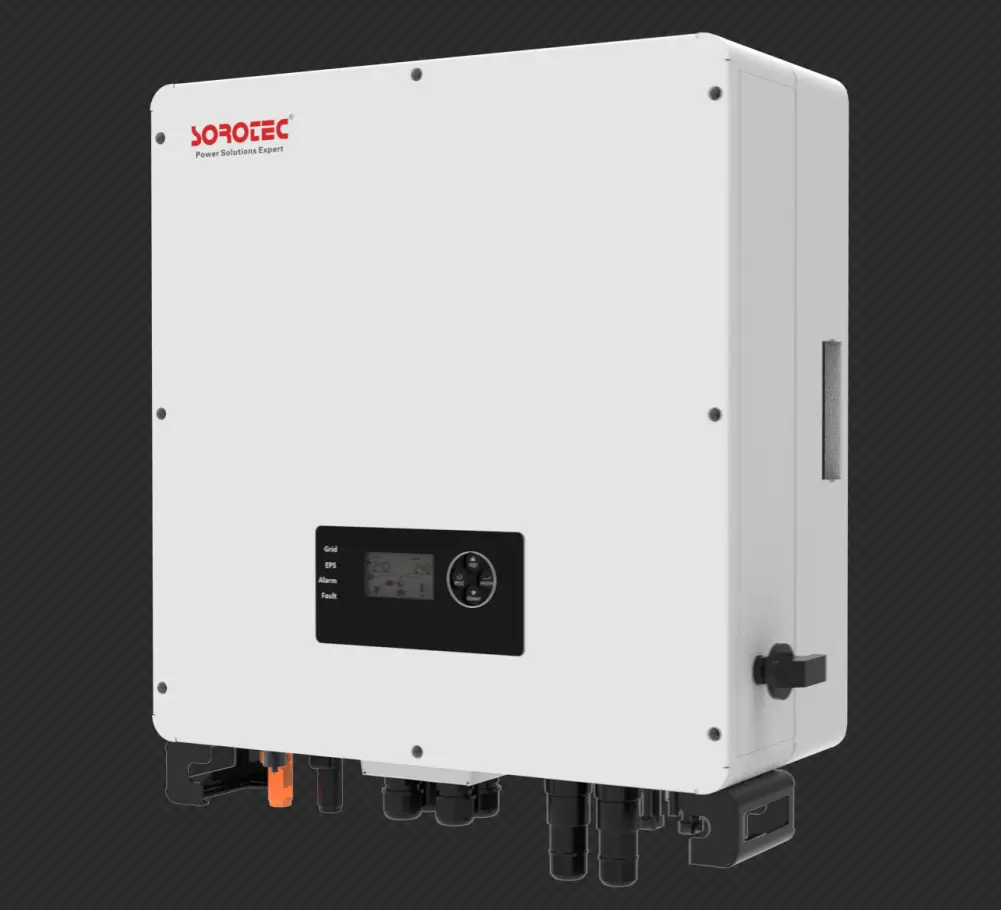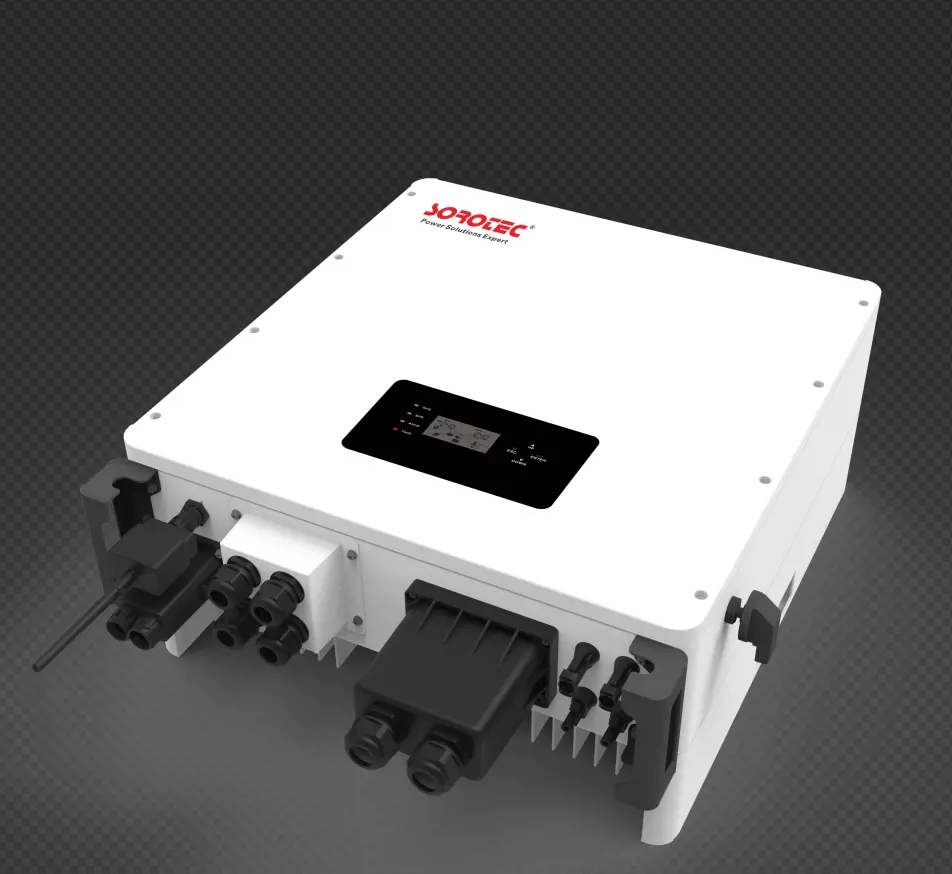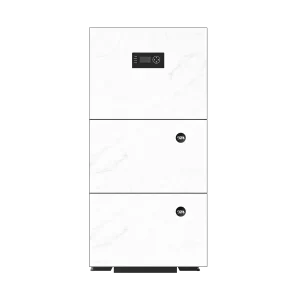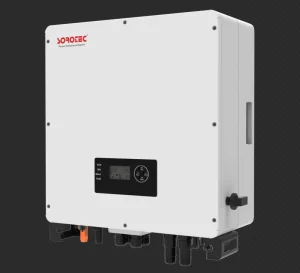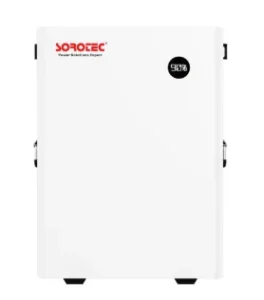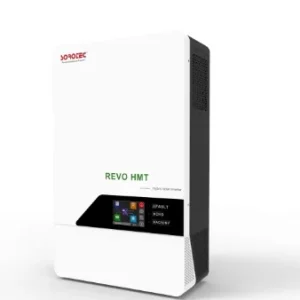Ever wondered why your home or business stays powered up during those unexpected blackouts? Offline inverters might just be the unsung heroes behind it. These devices quietly handle power switches without much fuss, making them a go-to for folks looking to keep things running smooth on a budget. At SOROTEC, we’ve been tinkering with power electronics since 2006, and our lineup of UPS systems and hybrid inverters shows how offline tech fits right into modern energy needs. Let’s dive in and see what makes them tick.
What Is an Offline Inverter?
Offline inverters, sometimes called standby inverters, kick in only when the main power fails. They’re like that reliable backup plan you hope you never need but are glad to have.
Definition and Basic Working Principle of Offline Inverters
An offline inverter sits idle most of the time, letting grid power flow straight to your devices. When the grid dips or cuts out, it switches over to battery power in a flash—usually within 10-20 milliseconds. This quick handoff turns DC from batteries into AC for your lights, fans, or computers. Simple, right? No constant conversion means less wear and tear.
Key Differences from Online and Line-Interactive Inverters
Unlike online inverters that always convert power—running everything through the inverter no matter what—offline ones stay out of the way until trouble hits. Line-interactive types adjust voltage on the fly but still use more energy than offline models. Think of offline as the budget-friendly cousin: it doesn’t meddle unless necessary, saving you on electricity bills. I once chatted with a small business owner who switched from online to offline and cut his power costs by 15% without noticing a difference in uptime.
Role of SOROTEC’s Standby UPS Series in Offline Technology
SOROTEC’s standby UPS series embodies this tech perfectly. Our models, built on years of R&D, handle loads from homes to data centers. They come with cold start functions, meaning they fire up even without grid power. Plus, with certifications like CE and FCC, you know they’re built tough for global use.
How Does an Offline Inverter Work?
Picture this: You’re in the middle of a video call, and bam—the lights flicker. How does the inverter save the day?
Step-by-Step Power Switching During Outages
First, it senses the outage through built-in detectors. Then, it flips a switch—literally—to pull from batteries. The inverter converts that stored DC to AC, matching your home’s 220V or whatever you need. Once the grid’s back, it switches again, recharging batteries along the way. It’s not instant like some fancy setups, but for most folks, that tiny delay is no big deal.
Integration with Batteries for Backup Storage
Batteries are the heart here. Offline inverters pair with lead-acid or lithium types, storing energy for hours of backup. SOROTEC’s systems, for instance, support up to 80A charging currents in some models, getting batteries topped up fast after use. We even have options that communicate with lithium batteries via RS485 for smarter management.
Application of SOROTEC’s UPS Systems in Seamless Transitions
In real life, our UPS line shines in places like communication base stations or small offices. Take a telecom setup in Southeast Asia—we supplied standby UPS that kept signals alive during monsoons. No dropped calls, just steady service. It’s stuff like that makes you appreciate the basics.
What Are the Main Benefits of Offline Inverters?
Why pick offline over the rest? Well, they’re straightforward and get the job done without breaking the bank.
Cost Savings Through Simple Design and Low Maintenance
With fewer parts moving all the time, these inverters cost less upfront—often 20-30% cheaper than online versions. Maintenance? Just check batteries now and then. No need for constant tweaks. Businesses love this; it frees up cash for other things, like expanding operations.
Energy Efficiency in Normal Grid Conditions
When the grid’s fine, offline inverters barely sip power. They pass electricity through without conversion losses, which can add up to 5-10% savings on your bill over time. In grid-stable areas, that’s pure gold.
Reliability Provided by SOROTEC’s Certified UPS Products
Our products go through rigorous testing in our labs. We’ve got UPS that handle wide input ranges, protecting against surges. Exported to over 100 countries, from Europe to Africa, they prove reliable in all sorts of climates. One client in the Middle East told us their SOROTEC unit survived sandstorms without a hitch—talk about tough.
How Do Offline Inverters Ensure Energy Efficiency?
Efficiency isn’t just buzz; it’s about getting more from less. Offline inverters nail this by staying hands-off most days.
Minimal Power Loss During Normal Operation
No always-on conversion means almost zero waste. In standby mode, they draw maybe 1-2 watts. Compare that to online inverters chugging away constantly—it’s like leaving a light on versus flipping it off when you leave the room.
Optimized Battery Charging to Extend Lifespan
Smart charging kicks in only when needed, avoiding overcharge that kills batteries quick. SOROTEC models use three-stage charging, boosting lifespan to 5-8 years for tubular batteries. That means fewer replacements and less hassle.
Features in SOROTEC’s Solar-Compatible Inverters for Hybrid Use
Our REVO series, like the VM IV, blends offline tech with solar. It supports up to 120A solar charging, letting you mix grid, batteries, and panels. In a hybrid setup, it cuts grid reliance by 40% or more, based on our field tests. Handy for off-grid spots or just slashing bills.
How Can Offline Inverters Integrate with Solar Systems?
Solar’s hot right now, and offline inverters play nice with it. They turn sunny days into stored power for rainy ones.
Combining with Photovoltaic Panels for Renewable Backup
Hook up panels via MPPT controllers, and the inverter manages the flow. During the day, solar charges batteries; at night or outages, it inverts back. Simple integration cuts fossil fuel use.
Off-Grid Capabilities in SOROTEC’s Hybrid Inverters
Our REVO HES series goes full off-grid with IP65 protection and up to 6kW output. No grid? No problem. It parallels up to six units for bigger setups, like remote farms or islands.
Peak Shaving and Valley Filling for Cost Reduction
Charge batteries when rates are low (valley), use during peaks. SOROTEC’s peak-valley function can save 20-30% on bills. In industrial spots, this shaves demand charges, making solar hybrids a smart pick. I mean, who doesn’t love paying less for power?
What Makes SOROTEC Offline Inverters Stand Out?
Plenty of inverters out there, but SOROTEC’s got that edge from 20 years in the game.
Compliance with International Standards Like CE and FCC
Every unit meets CE, FCC, and more—safety first. This opens doors to markets worldwide, from North America to Australia.
Customizable OEM/ODM Options for Various Applications
Need tweaks for your project? Our OEM/ODM services handle it. We’ve customized for finance firms needing quiet operation or transport hubs wanting rugged builds.
Proven Reliability in Global Exports to 100 Countries
Shipping to 100 countries means we’ve seen it all. Feedback from diverse spots shapes our designs. One partner in Africa swears by our dust-proof kits in harsh deserts. It’s not just products; it’s solutions that last.
Offline inverters keep life humming without the drama. At SOROTEC, we’re all about blending this tech with solar and storage for a greener future. Whether you’re powering a home office or a factory, these systems deliver efficiency you can count on. Got questions? Drop us a line.
FAQs
Q1: What’s the difference between offline and online inverters?
A: Offline ones only activate during outages, saving energy, while online convert power constantly for zero-delay protection—great for super-sensitive equipment but pricier.
Q2: Can SOROTEC offline inverters work without batteries?
A: Some models, like our REVO series, start and run battery-free, pulling from solar or grid directly, though batteries add backup muscle.
Q3: How long do batteries last with these inverters?
A: Depends on type—our lithium options hit 10+ years with proper care, while lead-acid might go 3-5. Regular checks keep them going strong.


